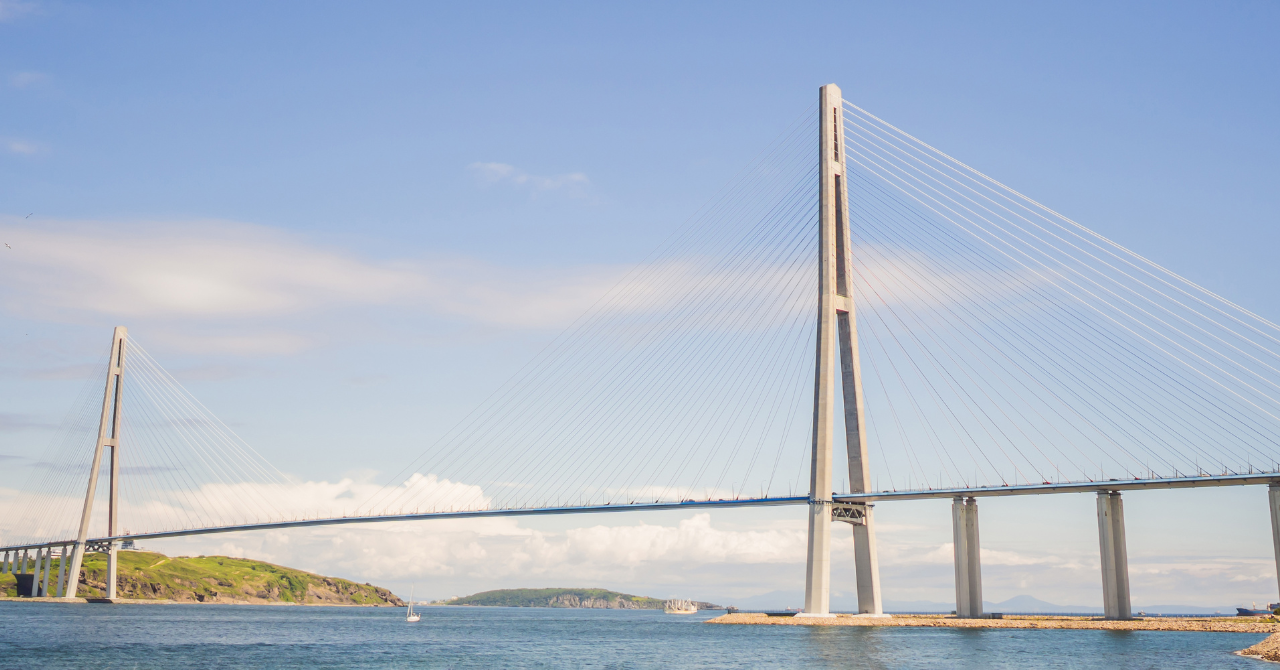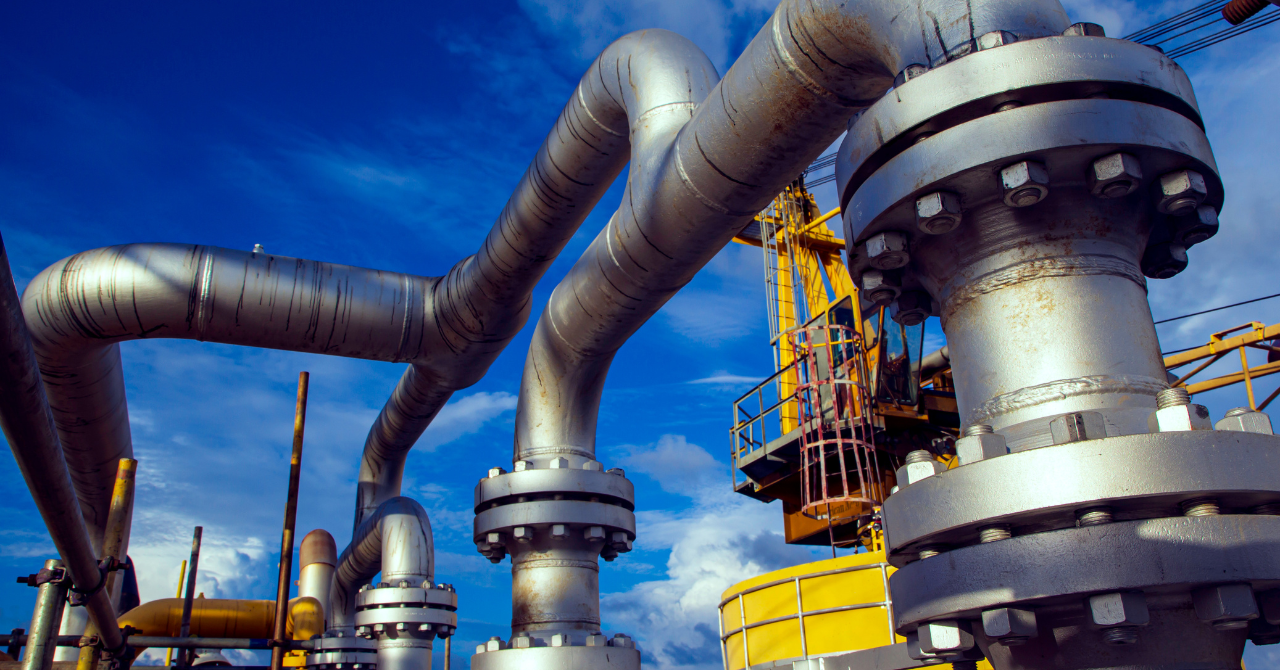The Far Eastern Federal District accounts for 40 percent of Russia’s territory. Almost half of forestland and gold reserves, more than 70 percent of fish, diamonds, and over 30 percent of titanium, copper and so on are located here and is key region of rapid development in the next decade.
By the end of 2023 investment agreements have been signed for over 7.7 trillion rubles, 3.4 trillion of which have already been invested. About 125,000 jobs have been created. Among them are landmark projects such as one of the world’s largest gas processing plants and a gas chemical complex in the Amur Region, the Nakhodka Mineral Fertiliser Plant and the Zvezda Shipbuilding Complex for large-capacity vessels. Copper and other mineral deposits, including Udokan, Baimskoye and Malmyzhskoye, are being developed.
The investment dynamics in the Far East are three times faster than in Russia as a whole. While from 2014 to 2022, the growth in investment in fixed capital across the country was 13 percent, in the Far East it was 39 percent. Industrial growth rates in the Far East also exceed the Russian average.
According to the results of the last five years, most of eastern regions are among the top 20 constituent entities of the Russian Federation in terms of gross regional product growth rates; the Magadan Region tops this rating.
The average percentage of explored subsurface resources in the Far East is now 35 percent. It shows that there is every opportunity for the mining industries to grow by leaps and bounds, including the strategic raw materials.
Important projects have been launched in the agribusiness sector. These include greenhouse farms in the Sakhalin Region and the Primorye Territory, fish processing in Kamchatka and Magadan, pork production in the Amur river basin, and increased soy bean production in the Amur Region. All of these are also promising areas both for supply to domestic market and for export.
Russia is building capacity to produce and export liquefied natural gas. Last year, our LNG exports grew by over 70 percent and amounted to almost 27 billion cubic metres. Within the next 20 years, we expect this volume to reach 100 billion cubic metres. Work will be implemented to build new plants in Russia’s northern territories – Yamal LNG and Arctic LNG.
Development of the Northern Sea Route has special priority. Thirty-four million tonnes of cargo were shipped using the route last year.
By 2030, we expect the general capacity of seaports in the Arctic waters to double. While last year, this capacity stood at 123 million tonnes, by the end of the decade it is expected to reach 252 million tonnes, in part thanks to the construction of new terminals and the expansion of railway access. By 2027, the government plans to substantially ramp up the capacity of the Murmansk port, from 56 to 110 million tonnes per year.
Russia will continue to modernise the Baikal-Amur Mainline and the Trans-Siberian Railway. The pace needs to be stepped up, including through concessions and by attracting private capital for the construction of bridges, tunnels and overpasses. They plan to raise their capacity 1.5-fold and increase the volume of annually transported cargo to 210 million tonnes by 2025.
Russia is building the Pacific Railway and a new port on the Sea of Okhotsk, which will allow to secure direct access to Asia-Pacific markets.
The development of the Northern Sea Route and connecting it to China’s Maritime Silk Road will create a global and competitive route that will connect Northeast Asia, East Asia and Southeast Asia with Europe.
A separate matter is the development of air travel between the Far East and the European part of Russia, especially a creation an integrated Far Eastern airline.
There are special tax, administrative and customs preferences in the Far East. In 2022 a special preferential regime was launched on the Kuril Islands.
A number of mechanisms have been launched, including the Far Eastern Hectare programme. More than 119,000 people have received land plots for doing business, opening production and tourist facilities, or building housing.
Special mortgage terms are available in the Far East with the loan amount being up to six million rubles, the term, up to 20 years, and the interest rate, two percent. With the help of this tool, more than 78,000 families have purchased or built new housing.
Initially, the Far Eastern mortgage lending programme was designed only for young families, but since 2022 teachers and doctors working in the Far East are eligible for such a loan as well.
Bolstered by the mechanisms of the Far Eastern Quarter, a satellite town is being built near Vladivostok. It will accommodate some 80,000 people.
The so-called presidential subsidy has been introduced to help bring development of the social infrastructure in the Far East. As part of this programme, over 1,500 facilities have been built, repaired and equipped in all Far Eastern regions. Here are several facilities that have opened recently — a cardiovascular centre in Yakutsk, a nuclear medicine centre in Ulan-Ude, etc.
Russia’s Far East has more than 60 specially protected natural areas of federal significance, many included on the World Natural Heritage Sites list such as Lake Baikal, Lena Pillars Nature Park, Wrangel Island Reserve, volcanoes of Kamchatka, and others. All this is Russia’s national wealth and at the same time it is global heritage. The Russian Far East should become a platform for new economic sectors, including the development of tourism in national parks in the Primorye and Khabarovsk territories, Yakutia, Buryatia, Kamchatka, the Kuril Islands and other regions.
Join my Telegram channel with daily news and insights about Russian economy:




